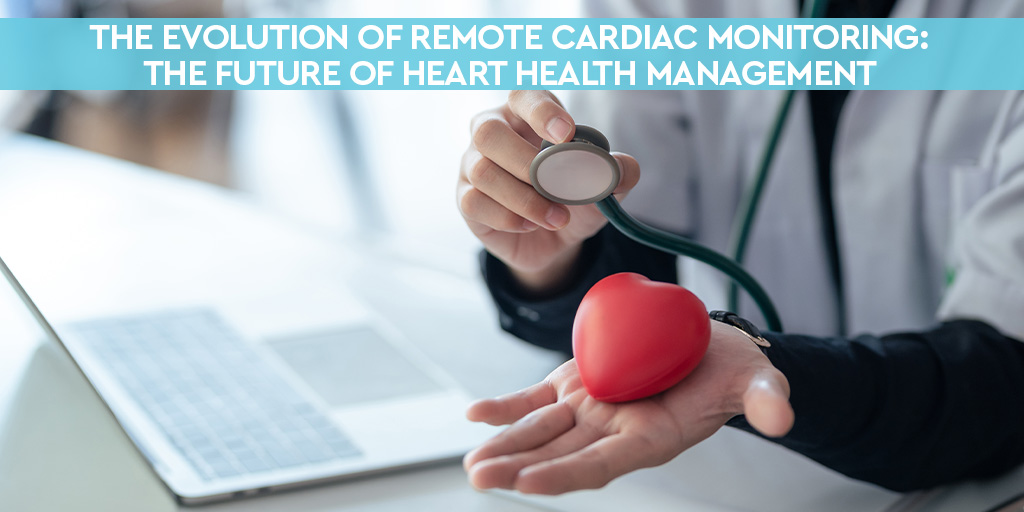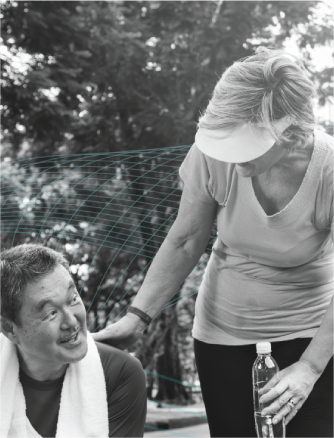With advancements in remote cardiac monitoring devices, managing heart health has become more accessible and efficient than ever. These innovative devices are transforming traditional heart monitoring, offering patients and healthcare providers better tools for continuous assessment. Whether utilizing data collected from mini heart monitors, patch monitors, or a 30-day heart monitor patches, remote heart monitoring systems are becoming the standard in cardiovascular care.
In this blog, we’ll explore the benefits of connected wireless heart monitor patches, the rise of the mini ECG and mini Holter monitors, and how these devices are improving patient outcomes through more accurate, timely monitoring of cardiac rhythms.
What Is Remote Cardiac Monitoring?
Remote cardiac monitoring allows healthcare providers to track patients’ heart health outside the healthcare setting using devices like connected wireless cardiac monitors and interconnected cardiac monitoring systems. Patients wear devices like the heart monitor patch, cardiac rhythm monitors, and wireless 30-day heart monitors, which continuously record vital data such as heart rate, rhythm, and variability. This data is transmitted directly to the provider, enabling tele-monitored rhythm tracking and intervention before a potential issue becomes critical.
Advantages of Wireless Cardiac Monitoring Devices:
- Continuous Monitoring: Devices like Biotricity’s Biocore offer non-invasive, continuous monitoring of heart rhythms over extended periods. Biocore collects data that can be used to detect arrhythmias, irregular heart rhythms, or other cardiac conditions that may not be easily detected through traditional methods. To learn more about arrhythmias, click here.
- Convenience and Comfort: Compared to older heart monitor patches, newer wireless heart monitor patches are smaller, more discreet, connected, and more comfortable for patients to wear for extended periods. These devices are designed to be rechargeable, lightweight and unobtrusive, making them ideal for patients with active lifestyles or those needing longer monitoring sessions (up to 30 days in some cases).
- Early Detection: Continuous data from these monitors helps doctors detect heart problems earlier. By using tools like the cardiac monitor patch, healthcare providers can identify potentially dangerous cardiac rhythms before they escalate, preventing complications such as heart attacks or strokes.
- Wireless and Non-Invasive: One of the major breakthroughs in outpatient cardiac rhythm monitoring has been the shift toward connected wireless solutions. Devices like the mini EKG and wireless cardiac monitor patch provide essential data 24/7 without the need for wires, bulky equipment, or a secondary cell phone for data relay. This makes it easier for patients to go about their daily lives while still receiving comprehensive heart monitoring.
The Benefits of Wireless 30-Day Heart Monitors:
The wireless 30-day heart monitor is a revolutionary device in the field of cardiac care. Unlike traditional Holter monitors, which typically offer a 24–48-hour monitoring period, these advanced heart monitoring systems provide a full month of continuous data on a patient’s heart function.
- Longer Monitoring Period: By extending the monitoring period, the wireless 30-day heart monitor can detect cardiac rhythm disturbances that may not show up in shorter monitoring periods.
- Non-Invasive: Just like other wireless monitors, these devices are non-invasive, offering remote vital signs assessment that doesn’t disrupt the patient’s daily routine.
- Early Detection of Arrhythmias: The extended monitoring period allows for better identification of arrhythmias, helping doctors intervene before a serious event occurs.
Continuous Heart Monitoring with Remote Cardiac Monitoring Systems
Continuous remote heart monitoring is made possible through devices like the cardiac telemetry monitor, wireless heart monitors, and cardiac event monitor patches. These devices provide heart monitoring 24/7 and allow for intervention when abnormalities are detected.
With the growth of wireless cardiac event monitors, remote cardiac monitoring, and wearable cardiac monitoring devices, the future of heart rhythm monitoring is focused on improving accuracy, accessibility, and convenience for patients and healthcare providers alike. Devices like the heart monitor patch, biotech ePatch, and wireless heart monitor patch will continue to evolve, offering better features, longer battery life, and more advanced data analysis tools.
For more information about the latest advancements in cardiac monitoring, visit Biotricity and explore how our solutions like the Biocore can help you manage your heart health effectively.






